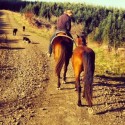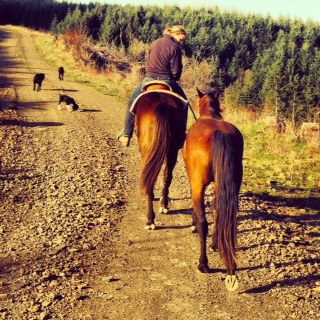RCW 9A.08.010
General requirements of culpability.
- (c) RECKLESSNESS
- A person is reckless or acts recklessly when he or she knows of and disregards a substantial risk that a wrongful act may occur and his or her disregard of such substantial risk is a gross deviation from conduct that a reasonable person would exercise in the same situation.
- (d) CRIMINAL NEGLIGENCE
- A person is criminally negligent or acts with criminal negligence when he or she fails to be aware of a substantial risk that a wrongful act may occur and his or her failure to be aware of such substantial risk constitutes a gross deviation from the standard of care that a reasonable person would exercise in the same situation.
The following is a partial transcript of the public testimony segment of the Elk Hoof Disease Public Working Group meeting on May 21st in Kelso. A full recording of the meeting will gladly be shared with anyone who is interested.


